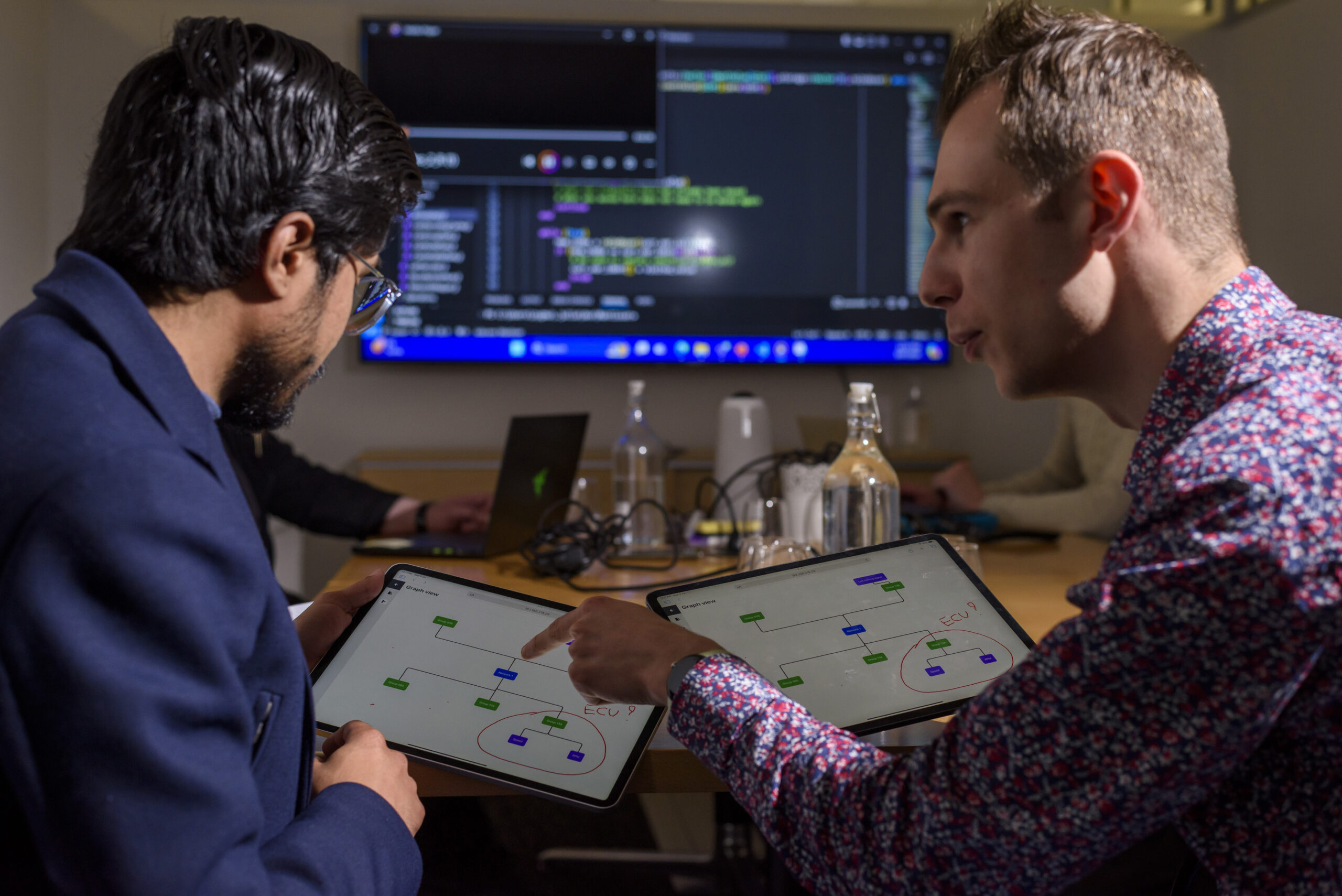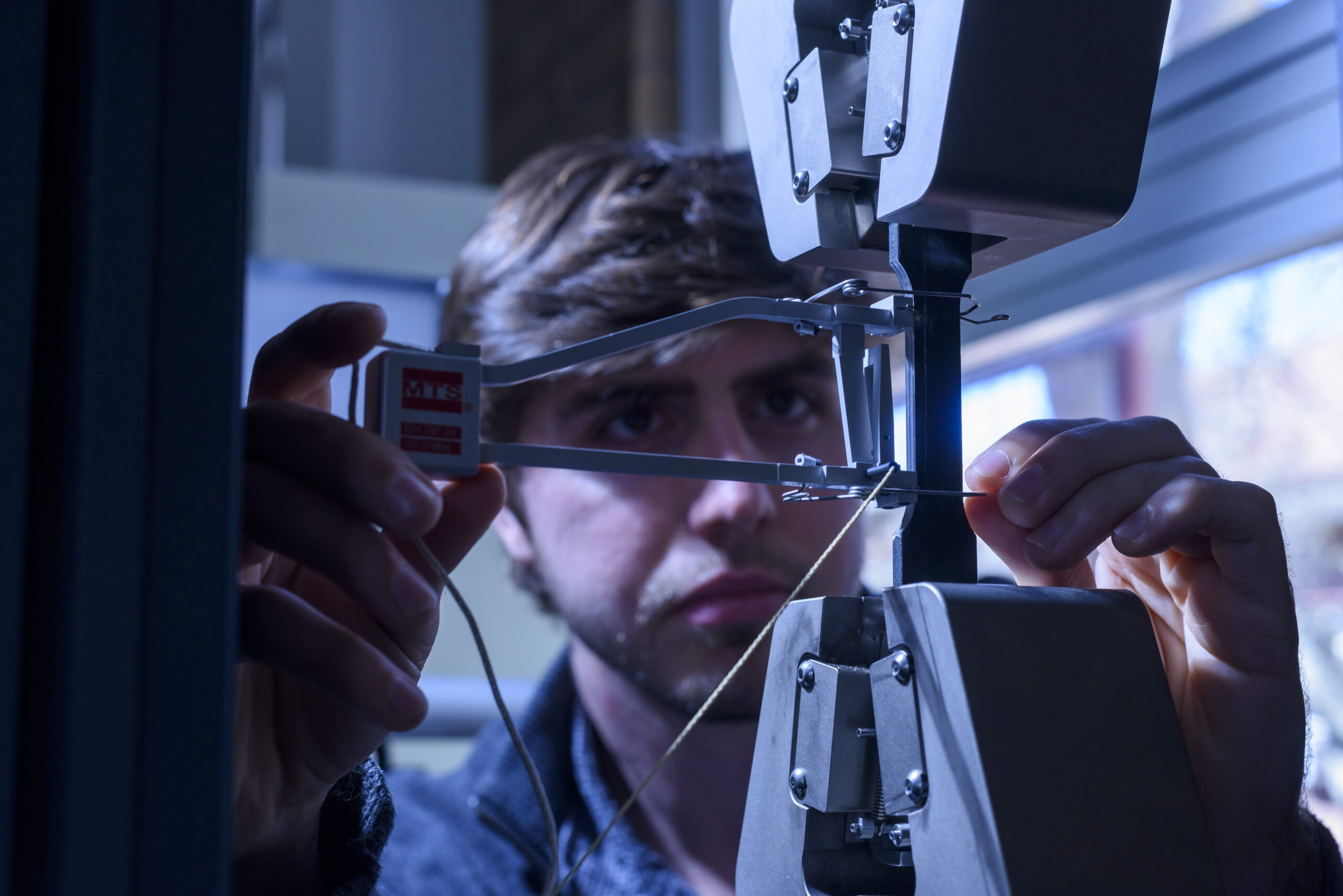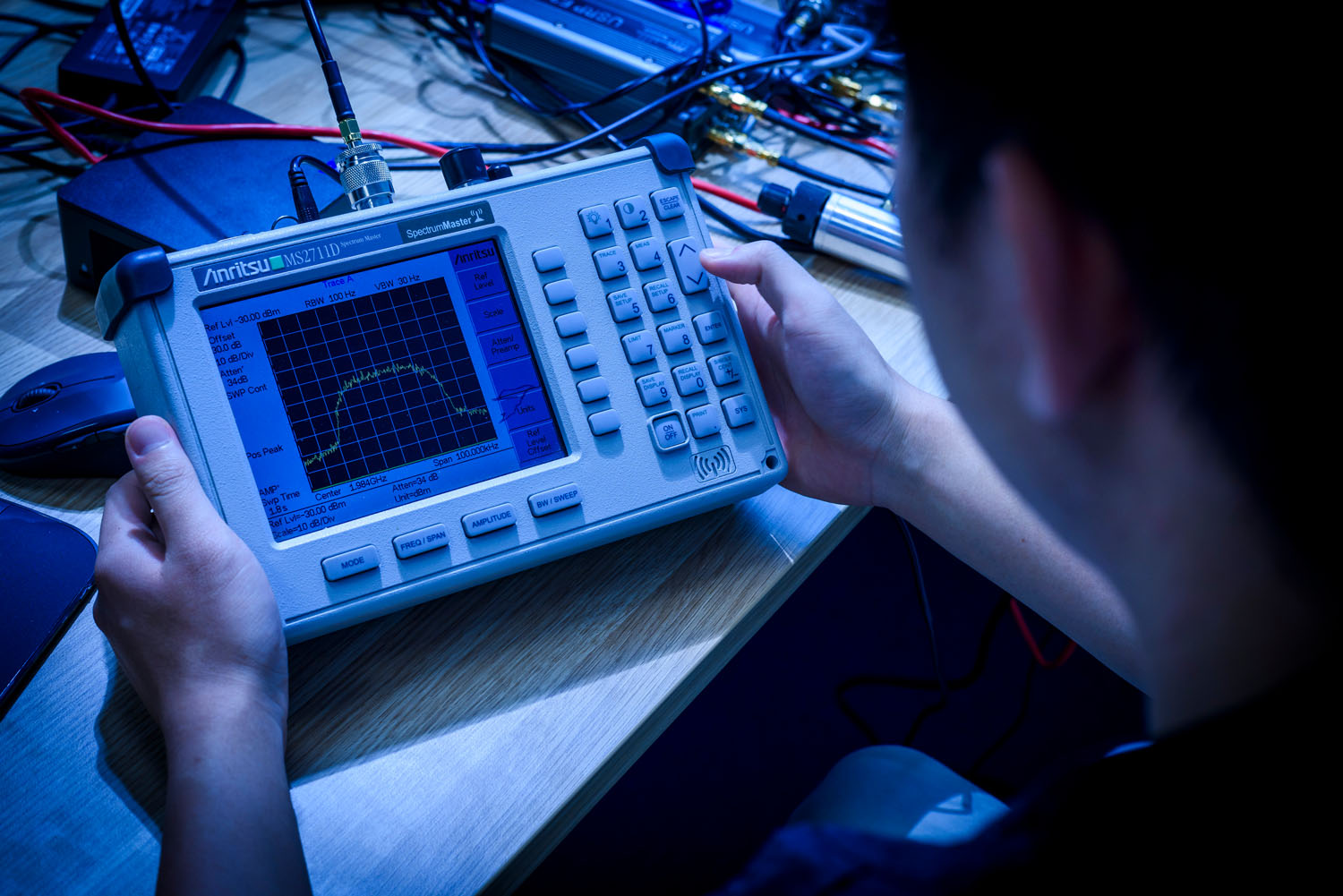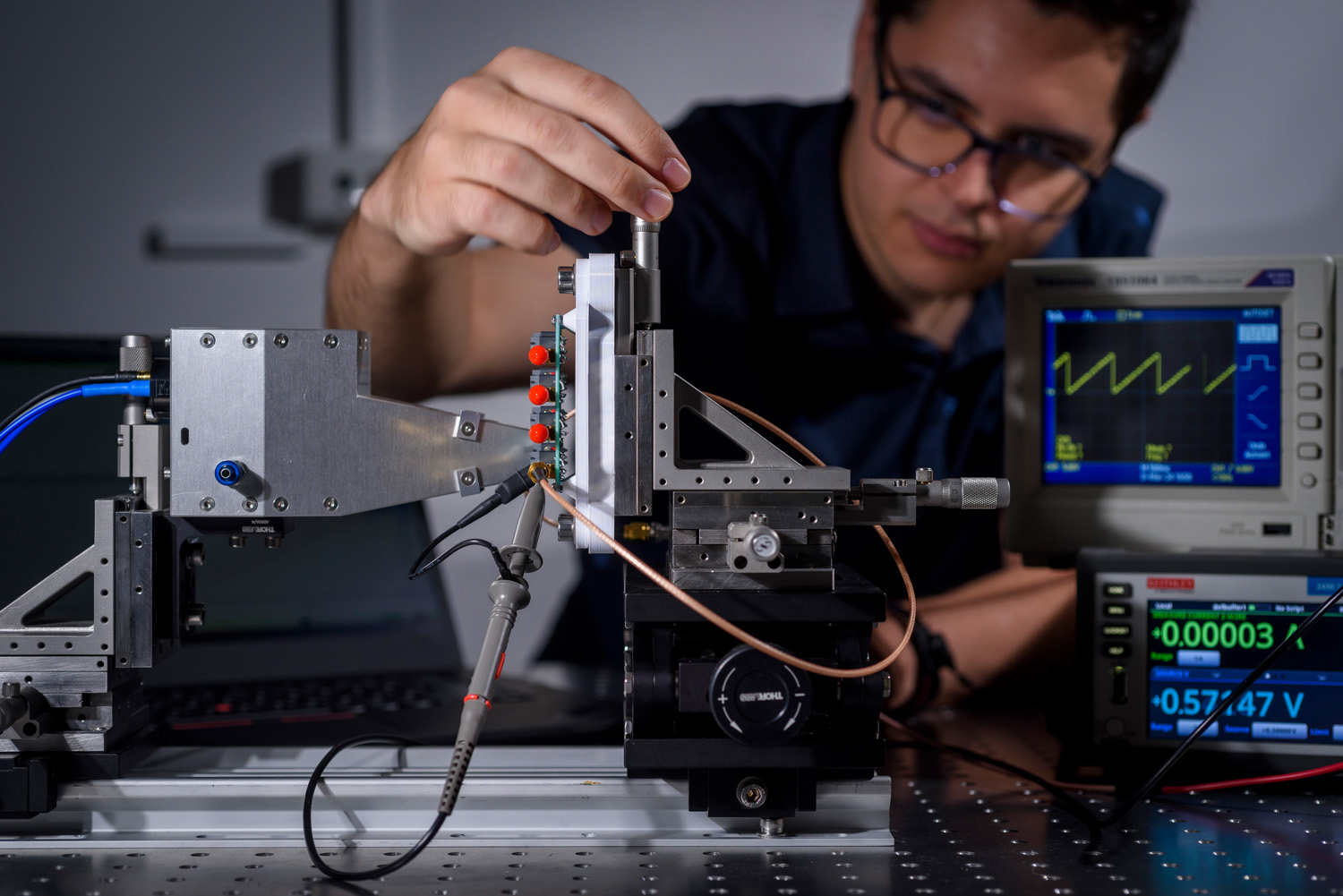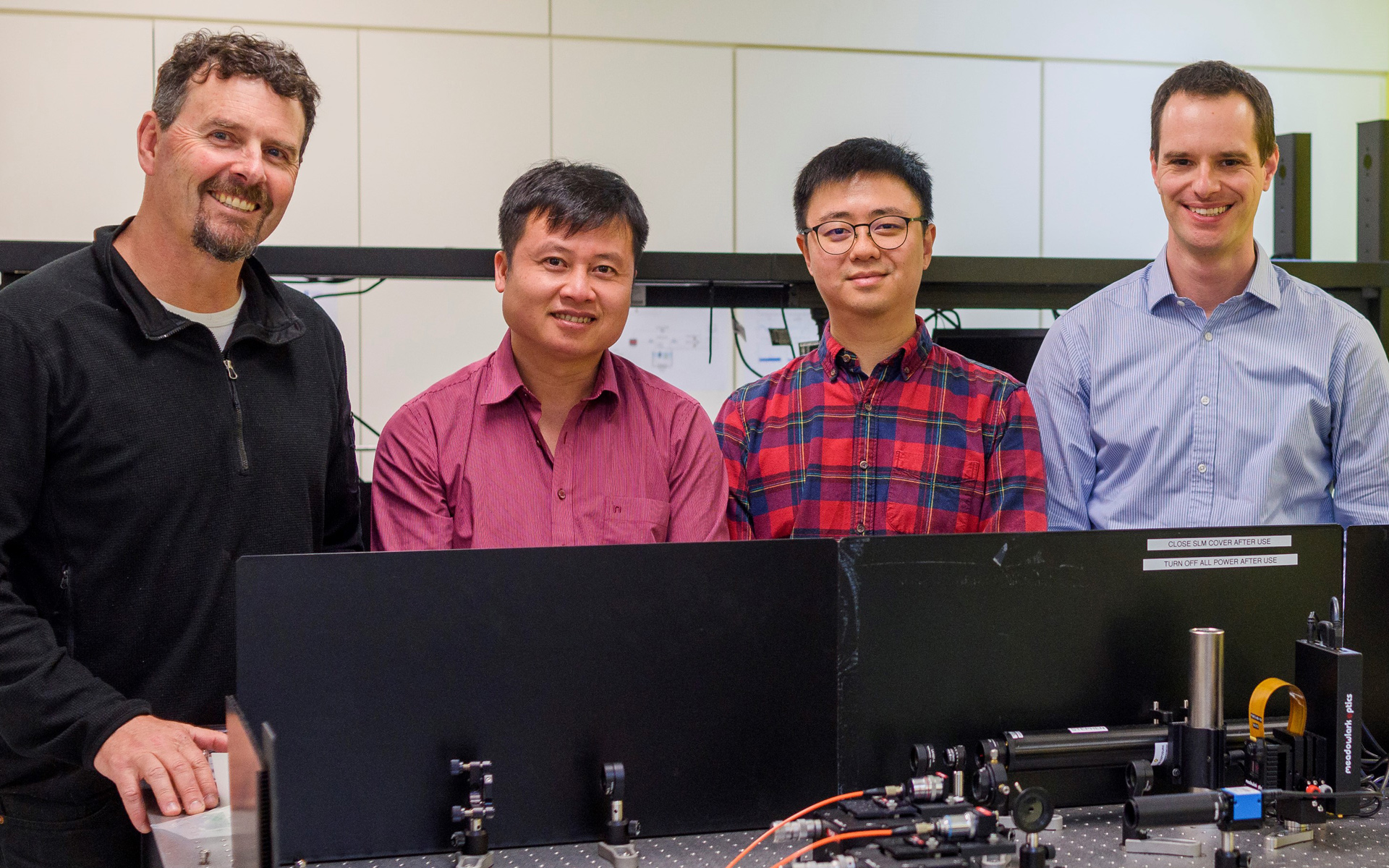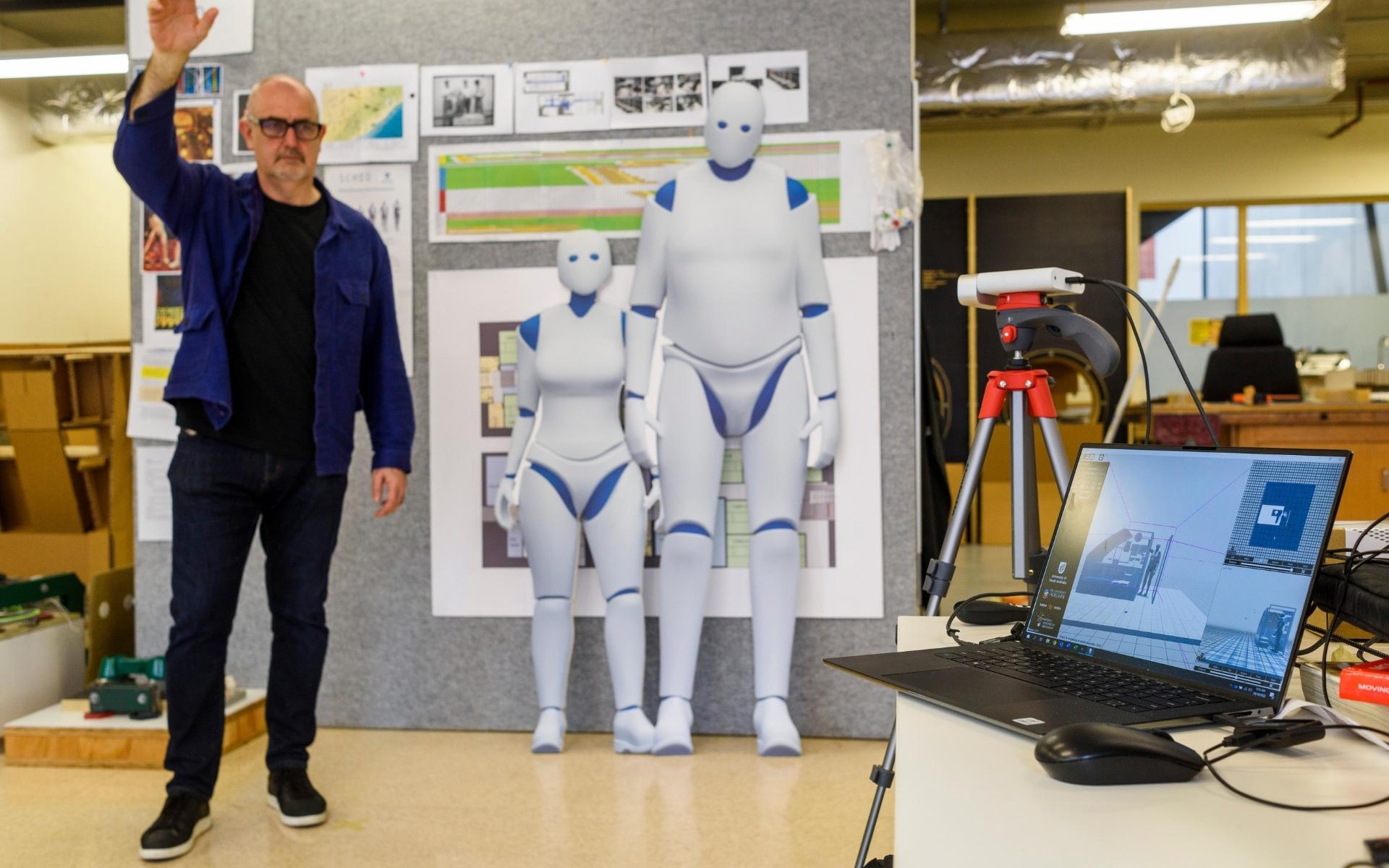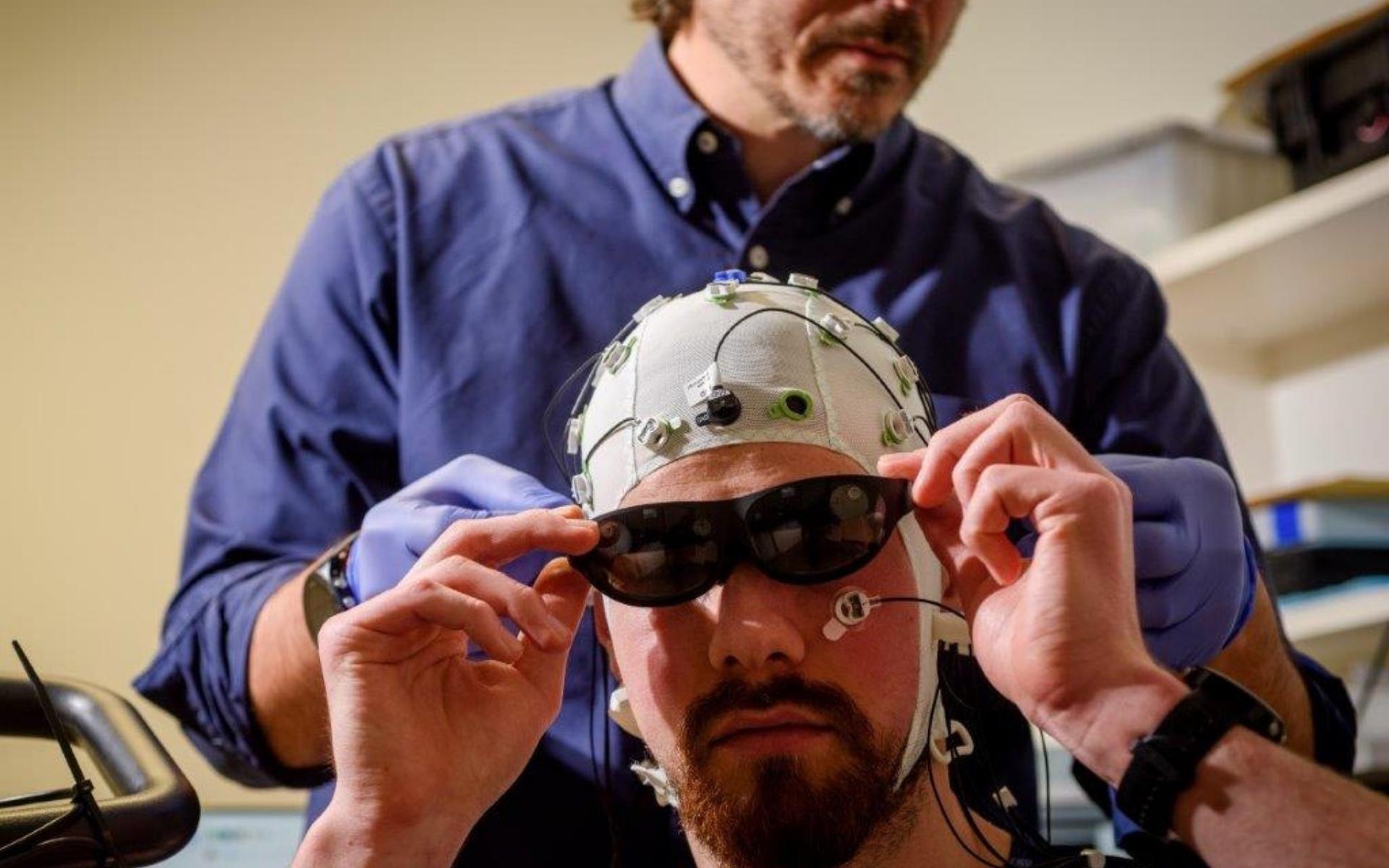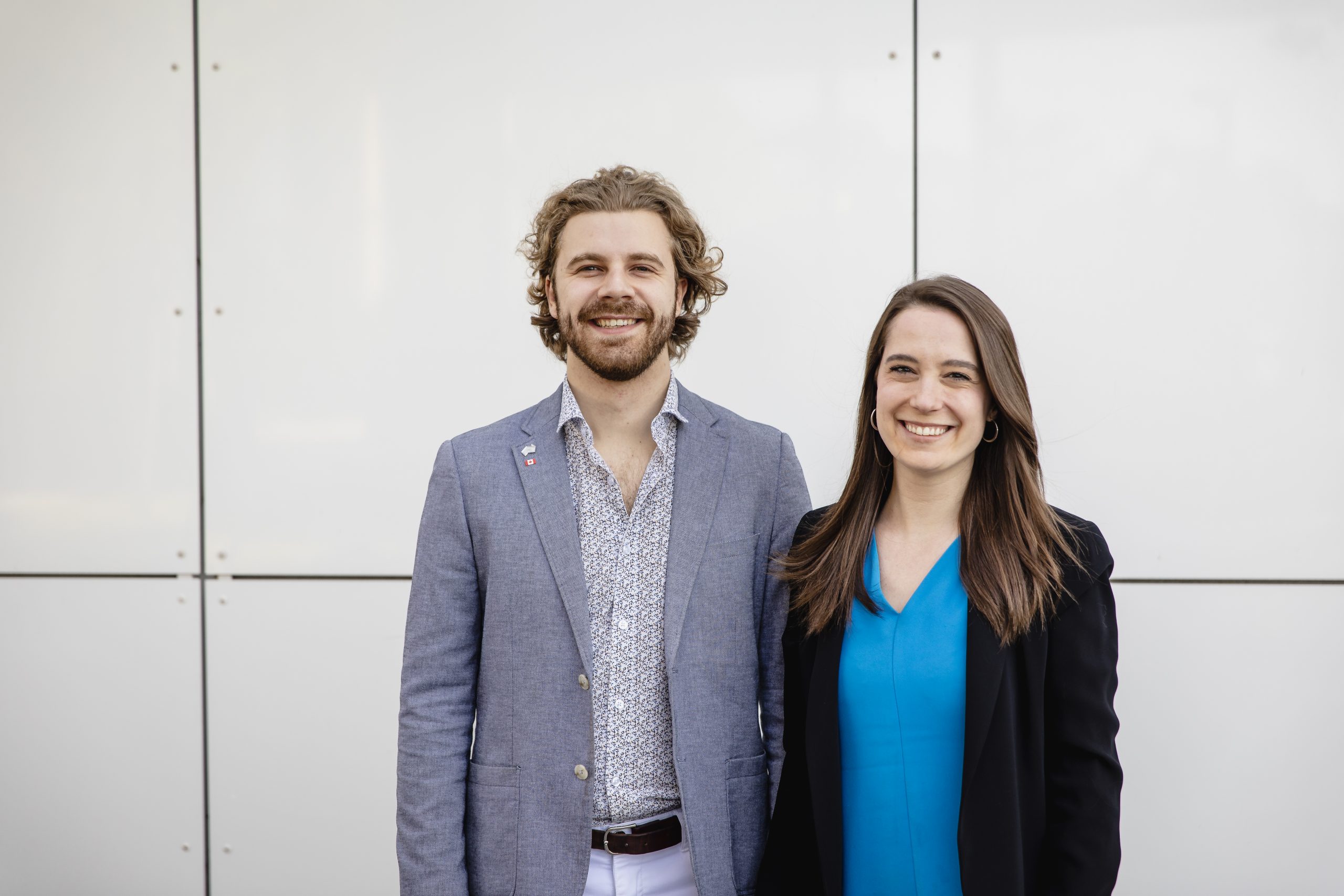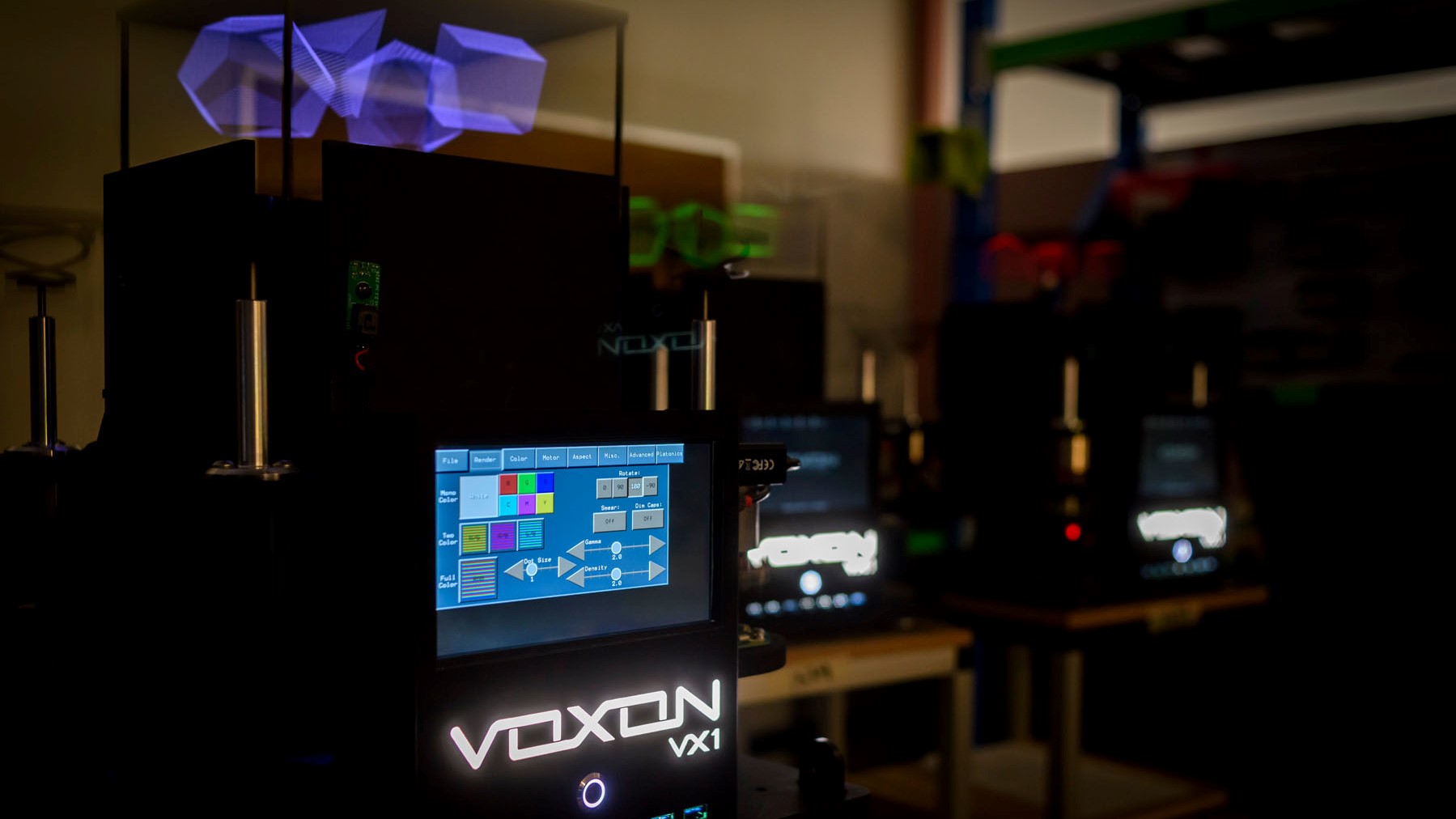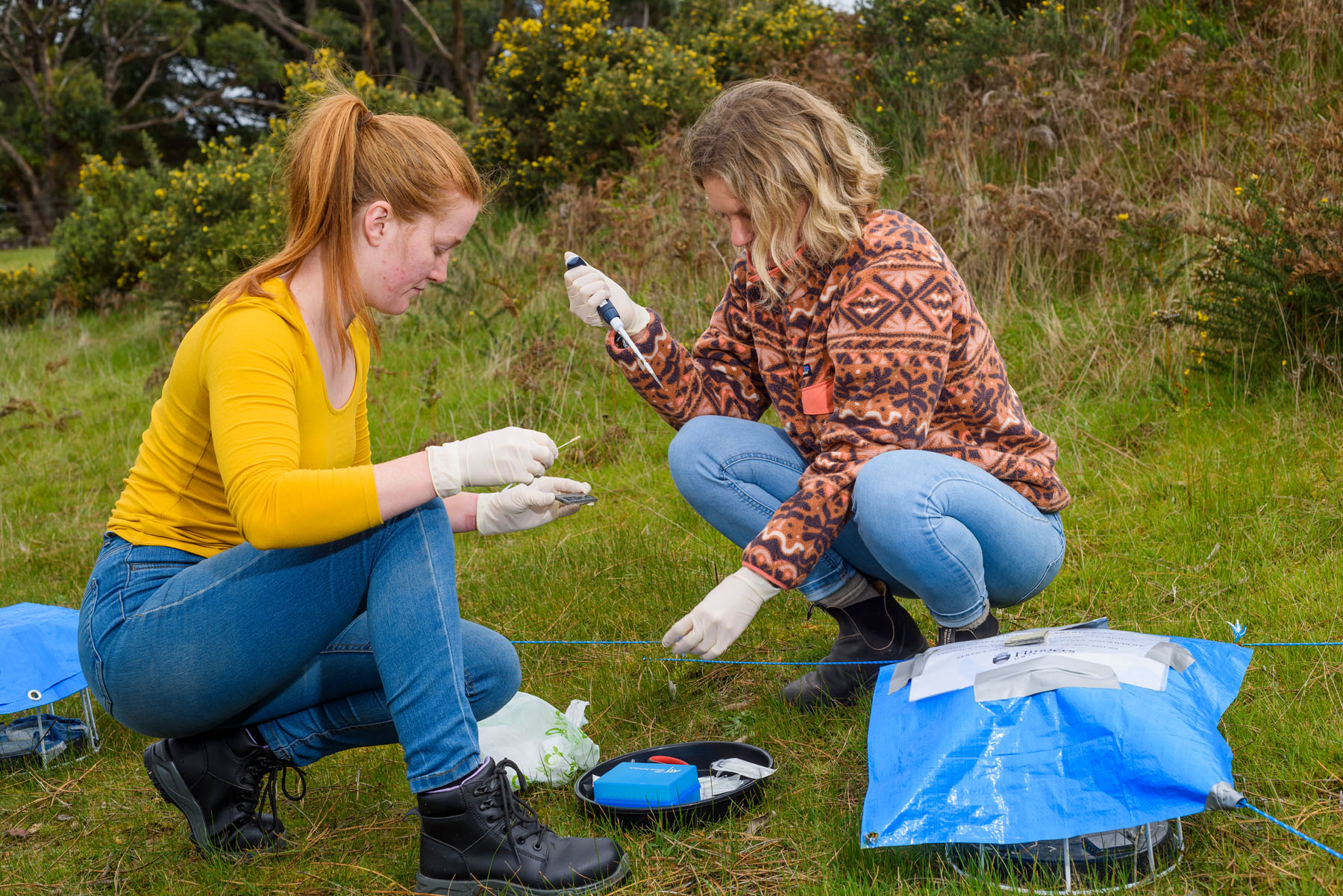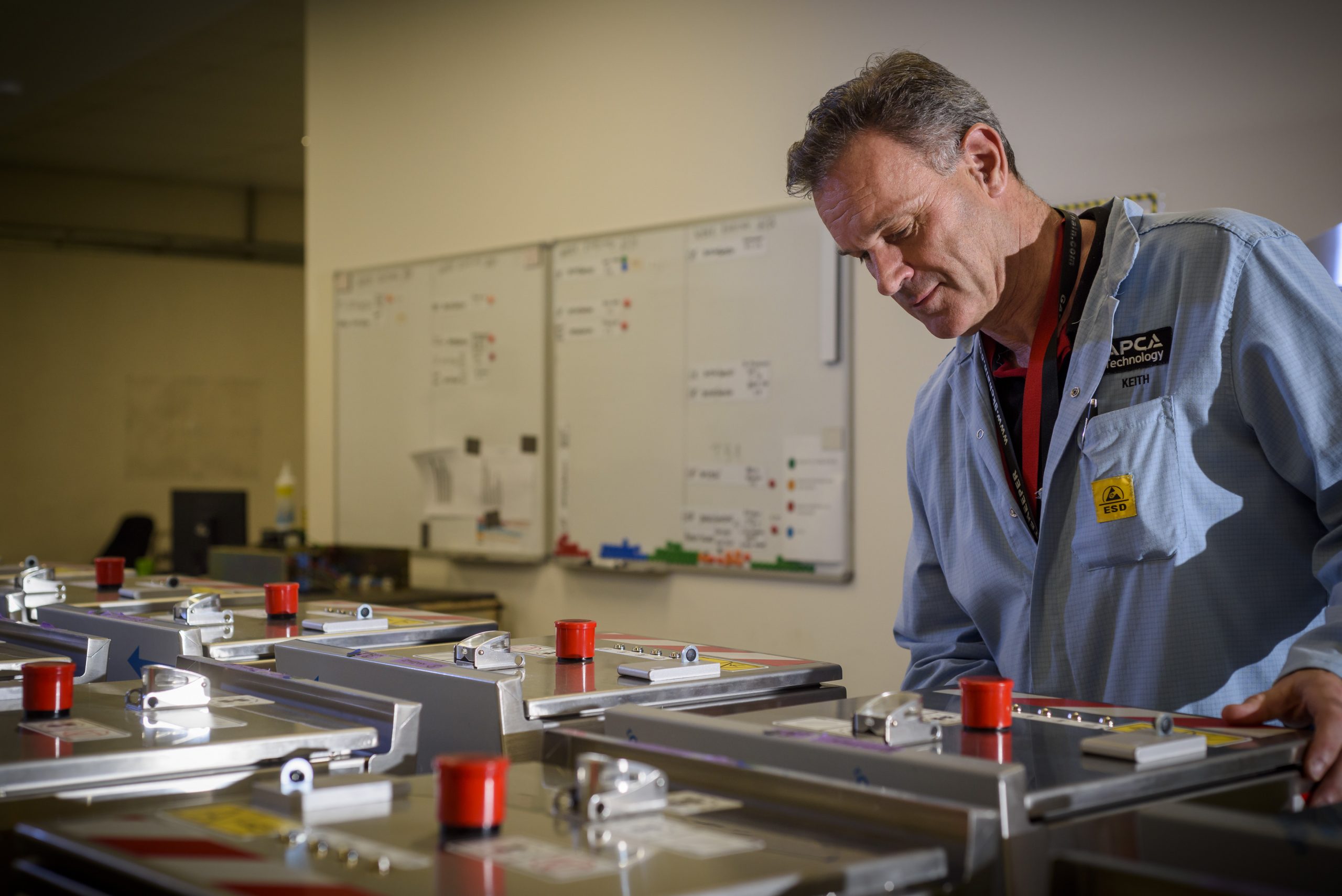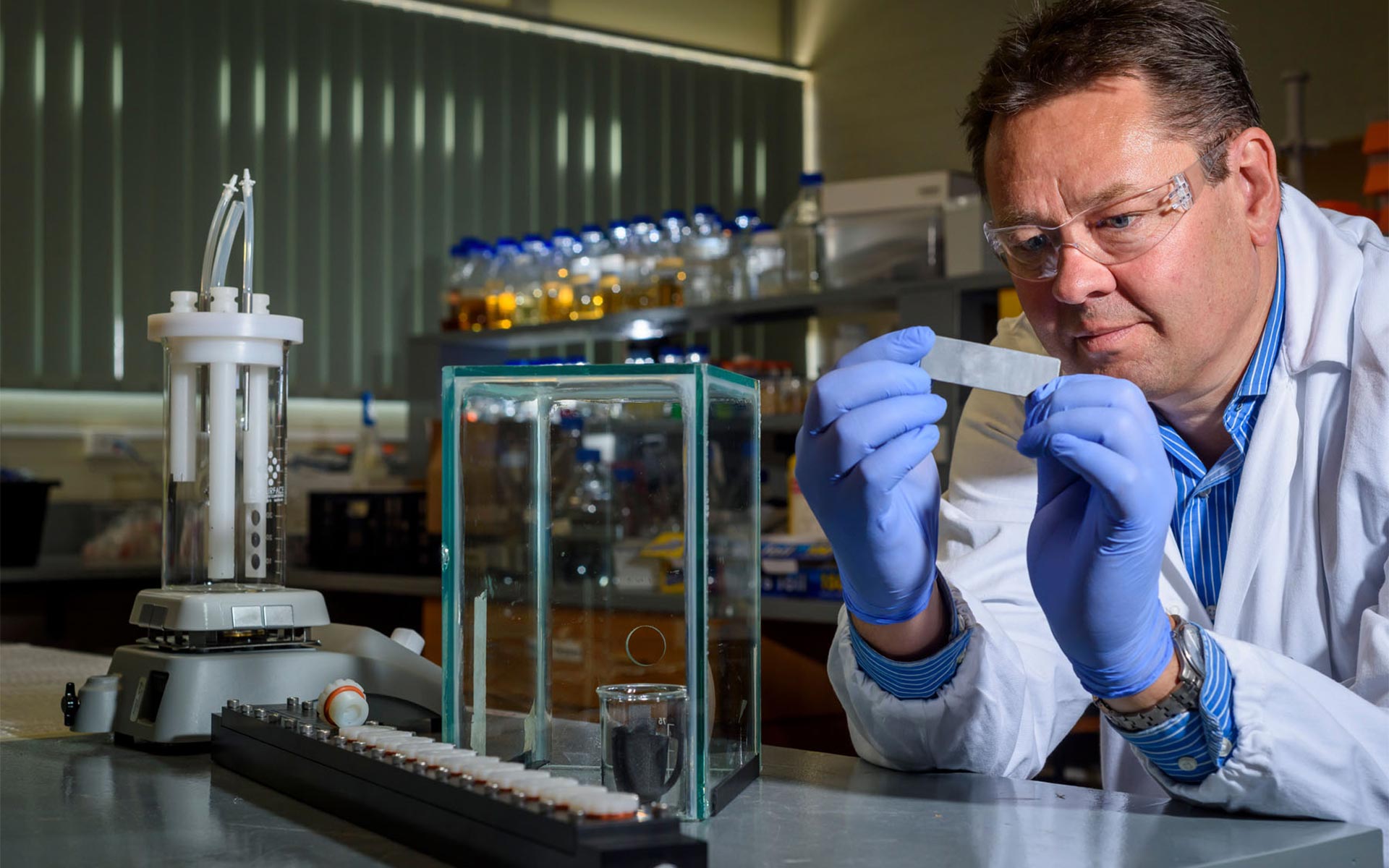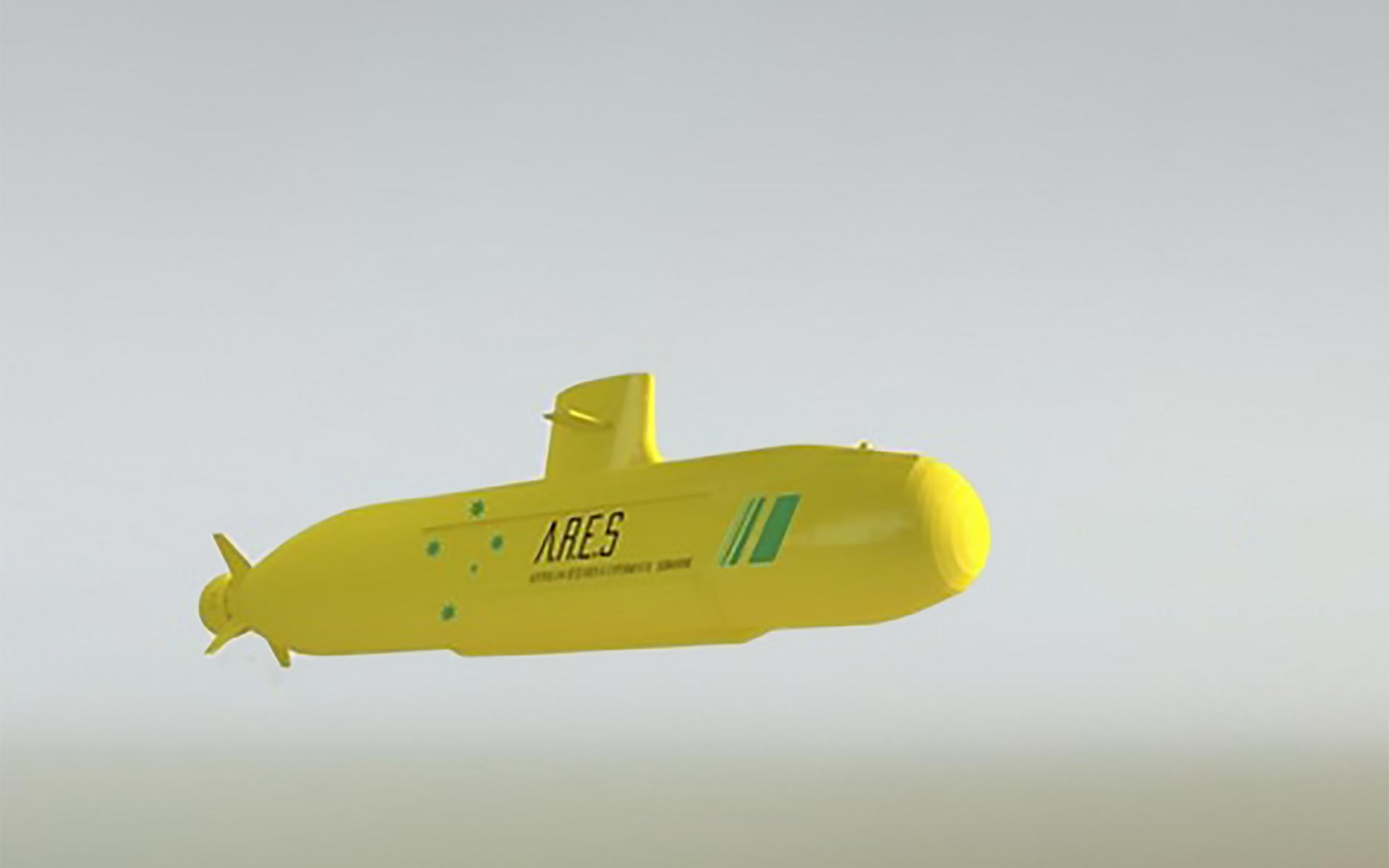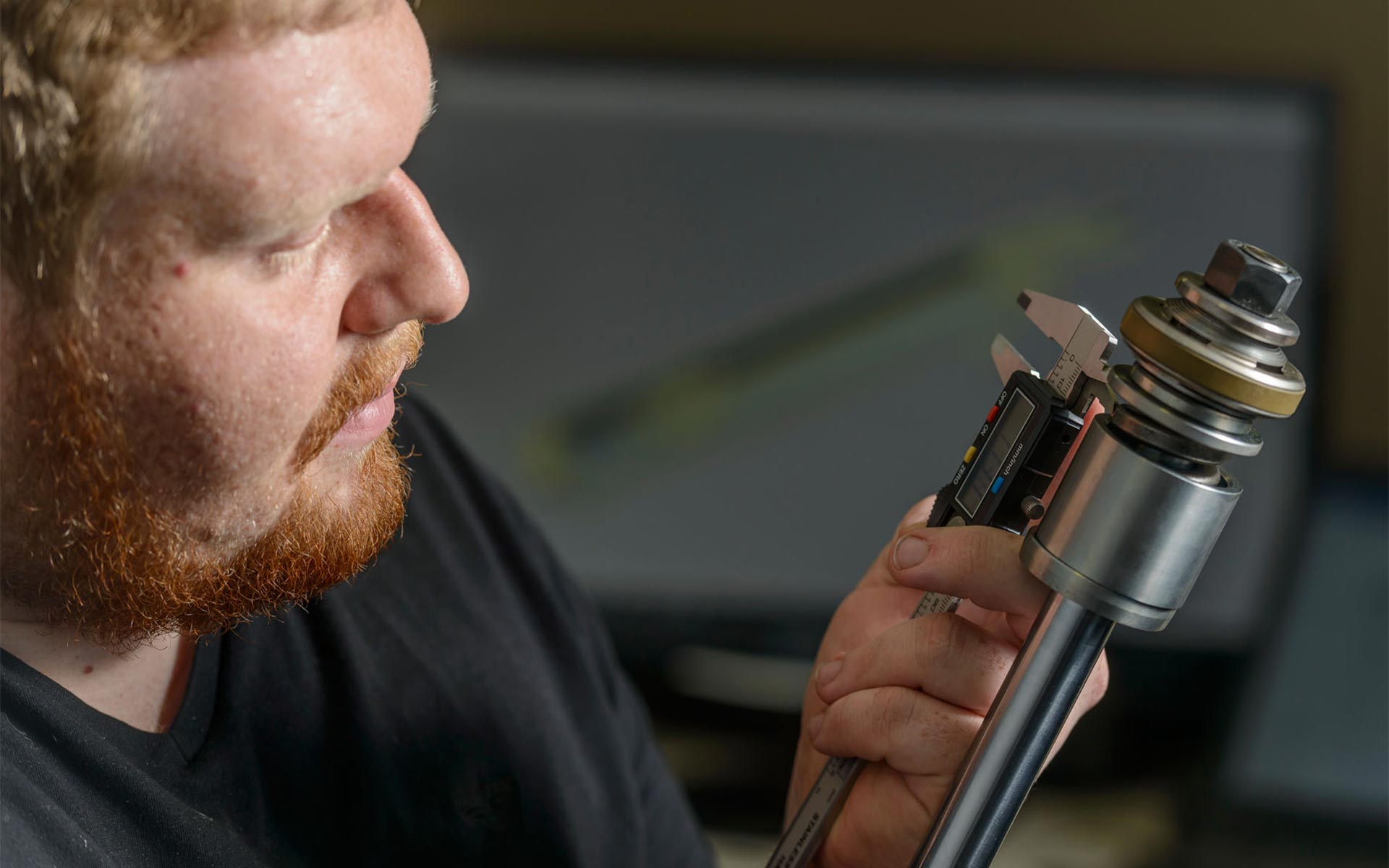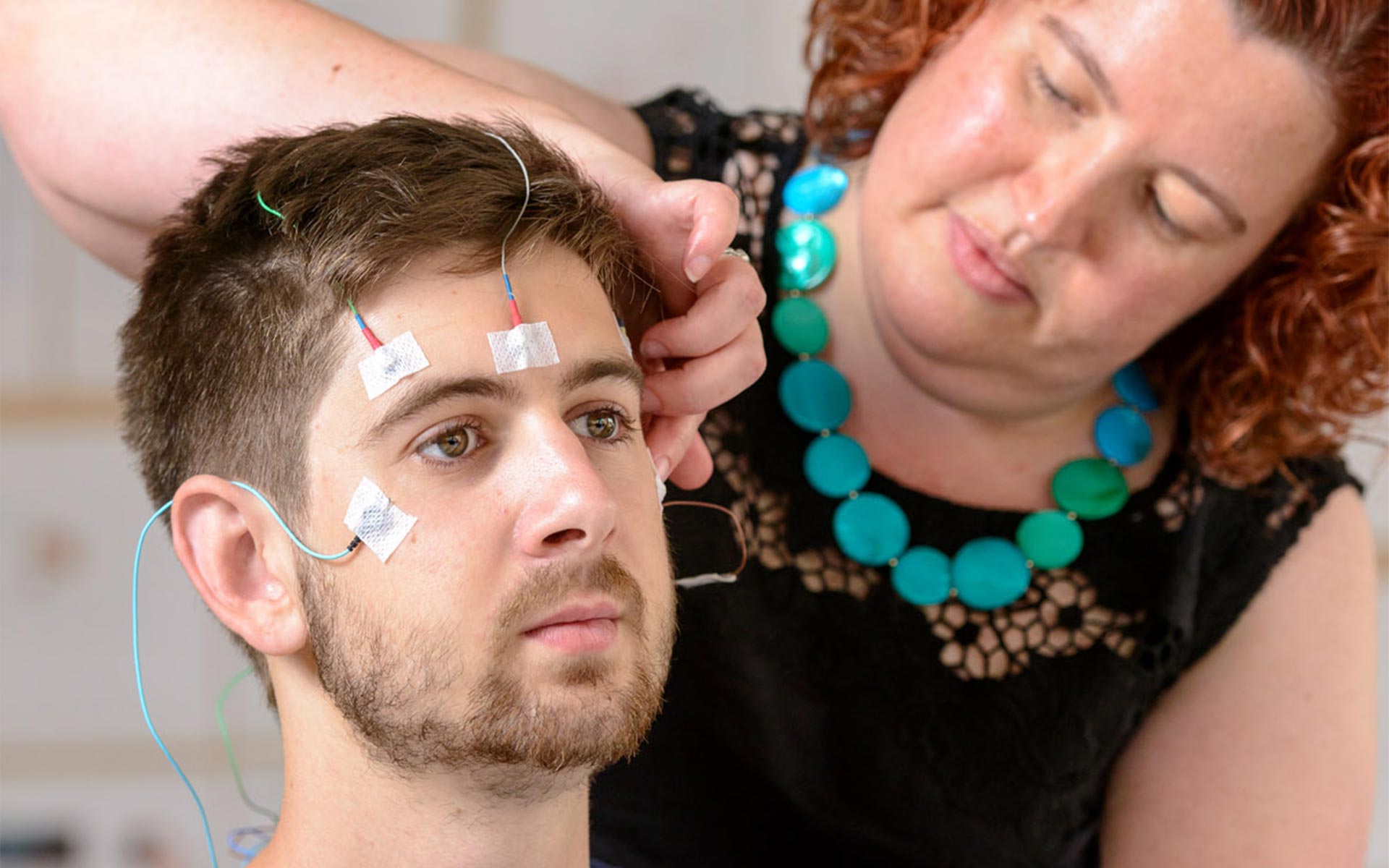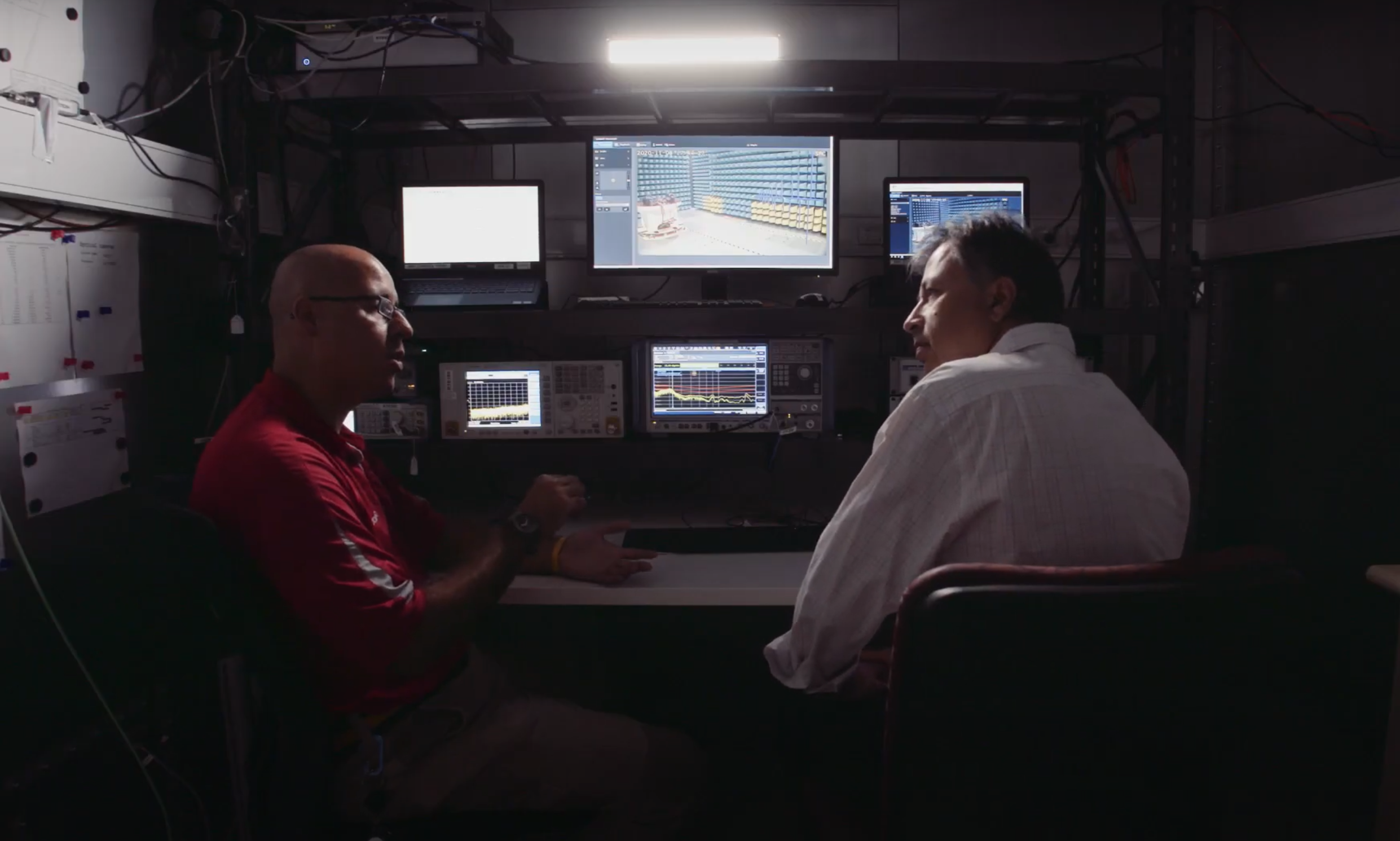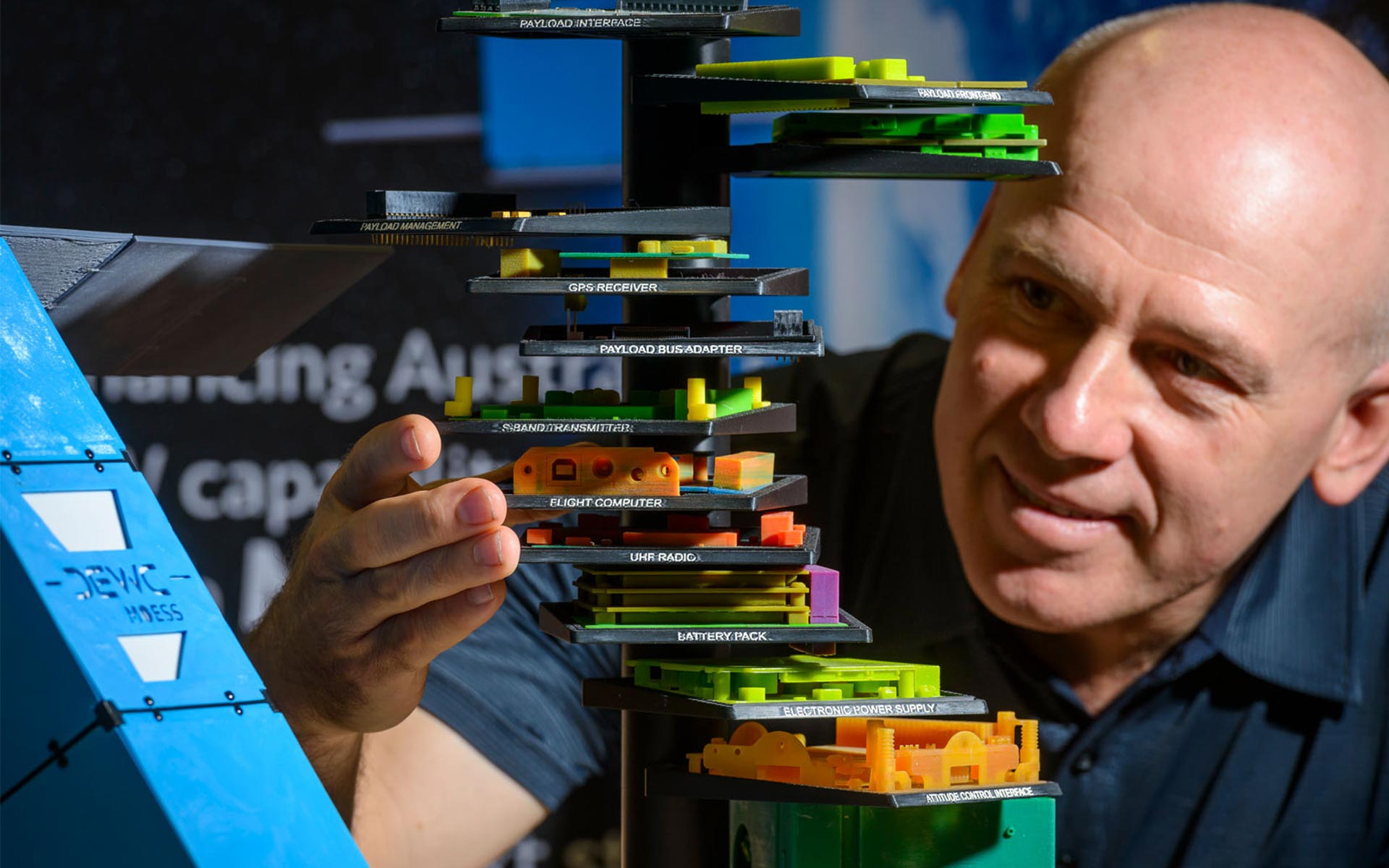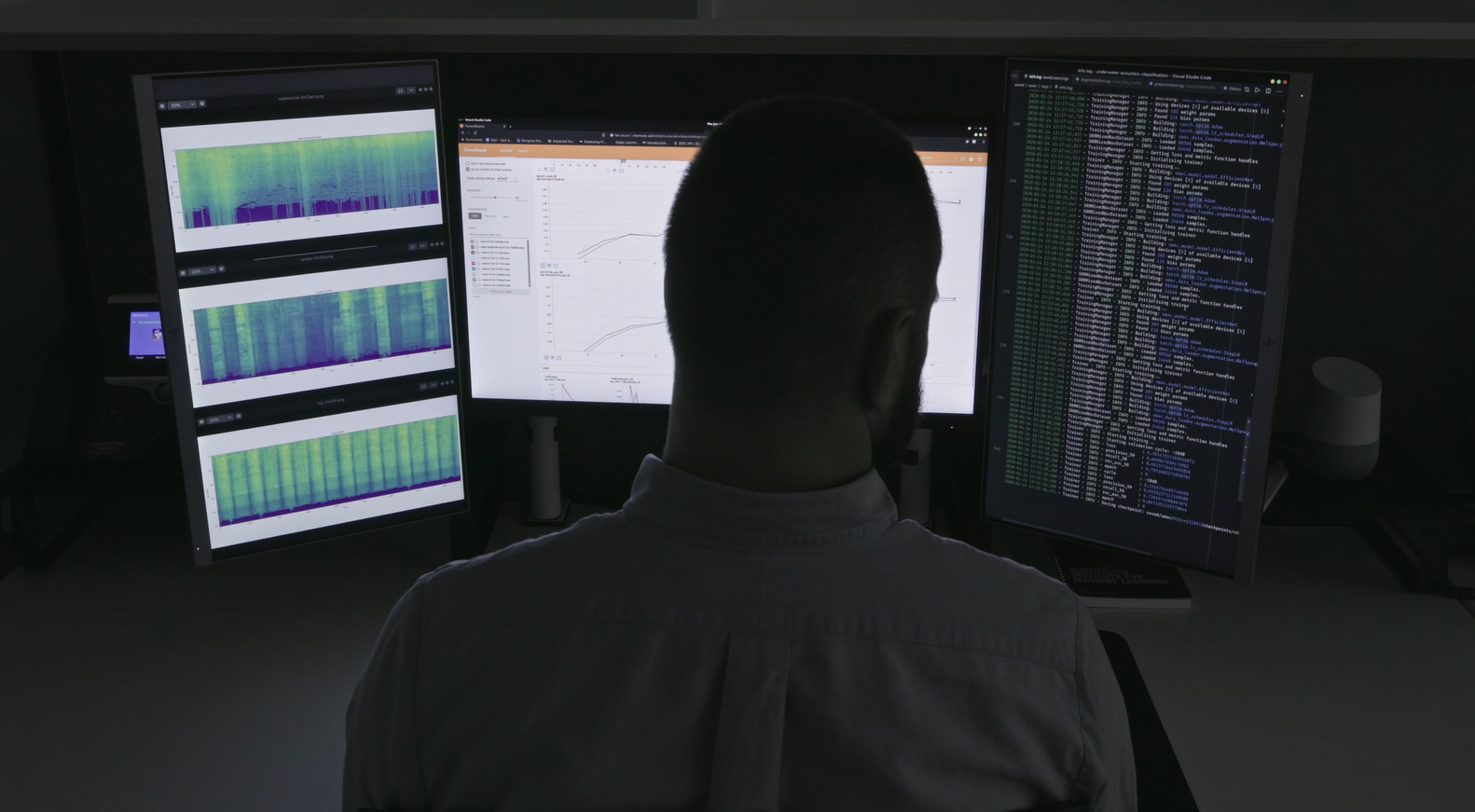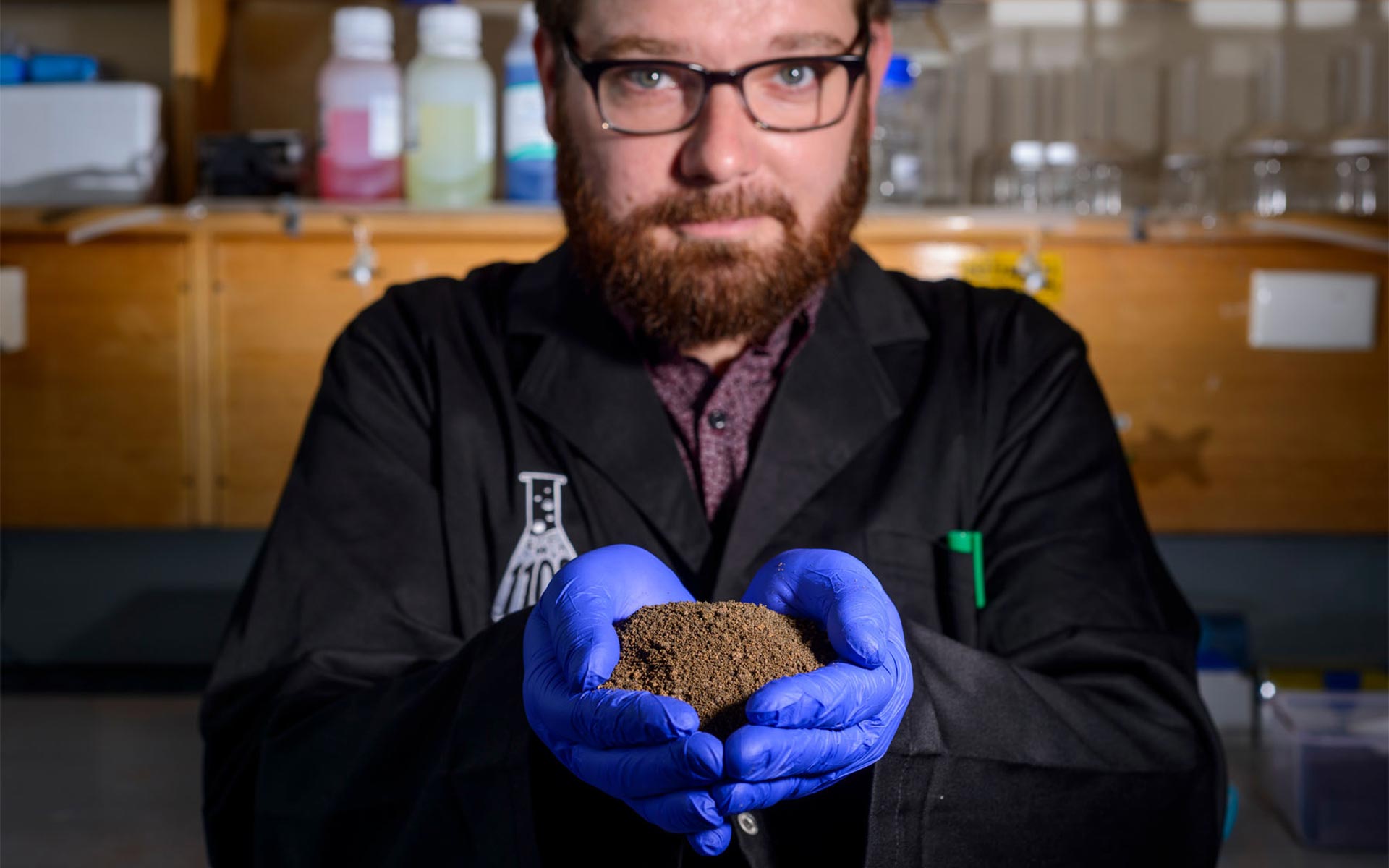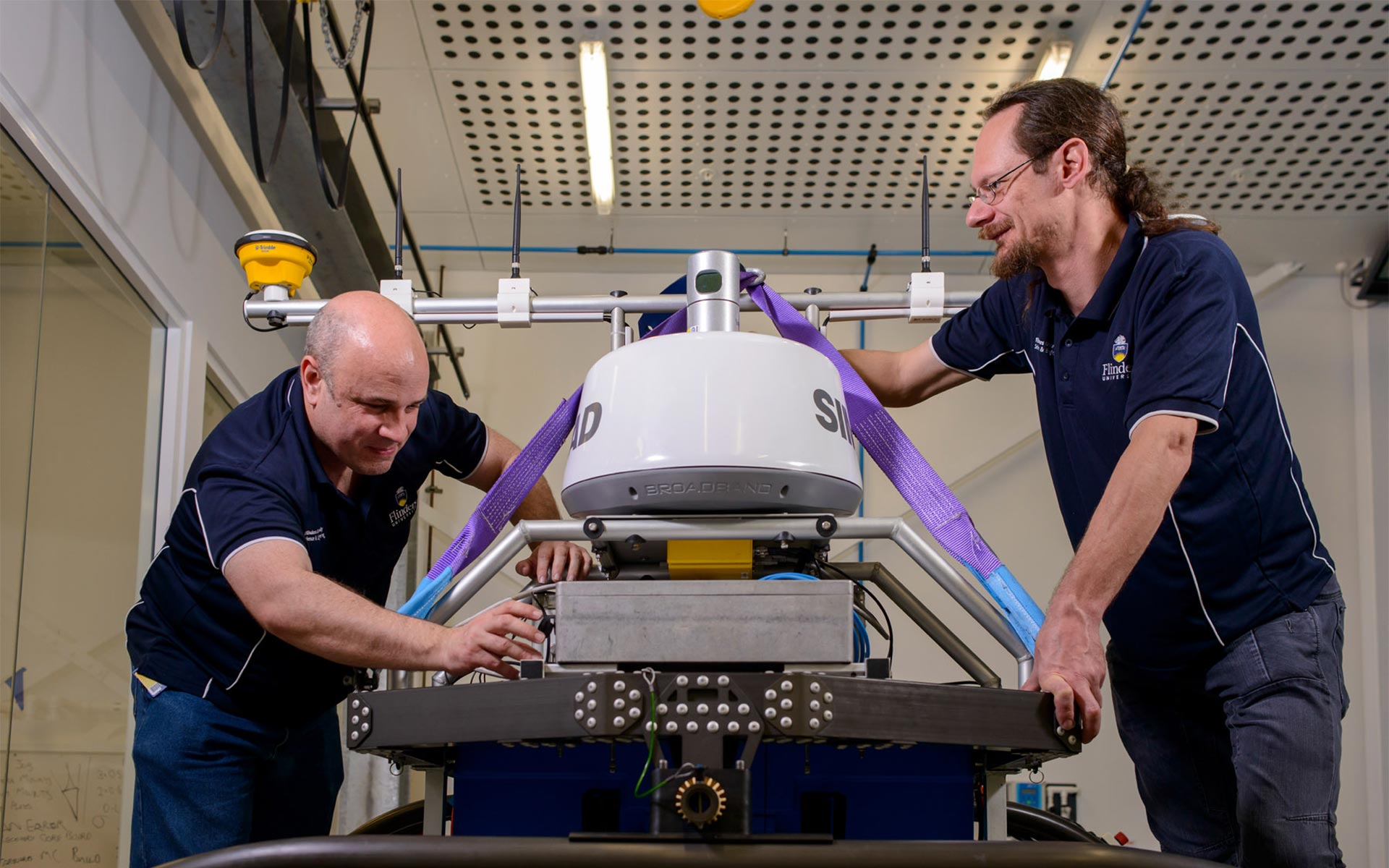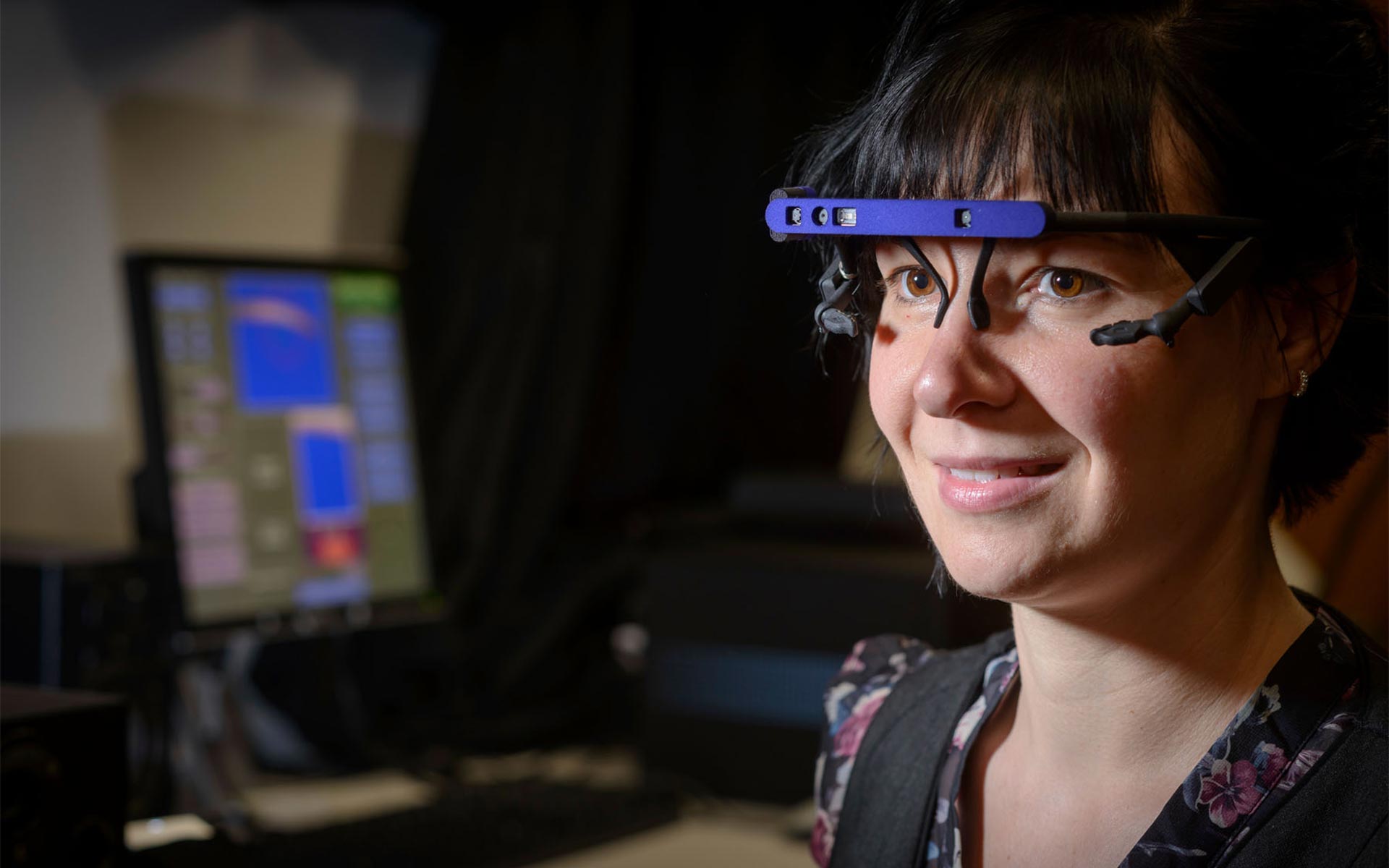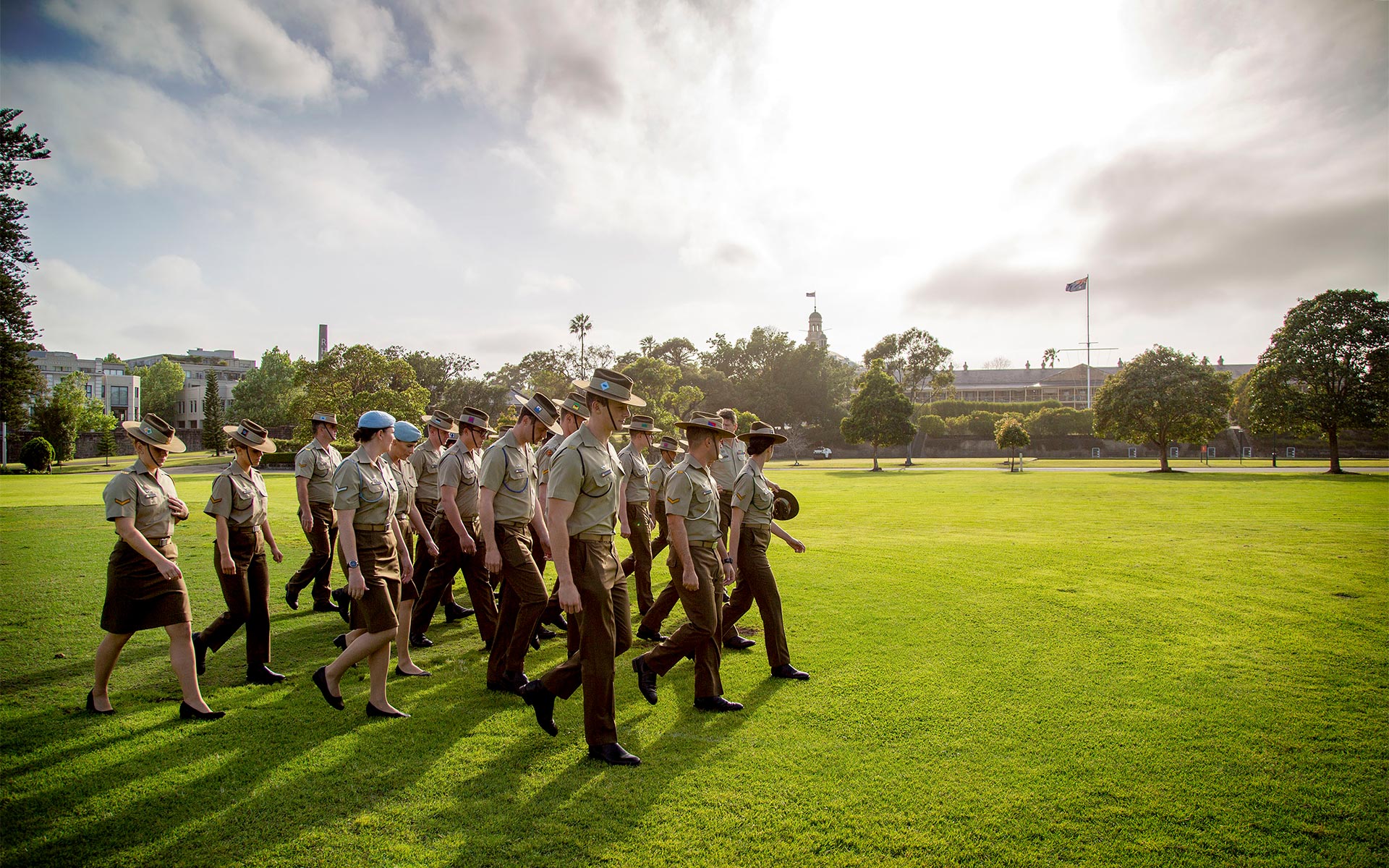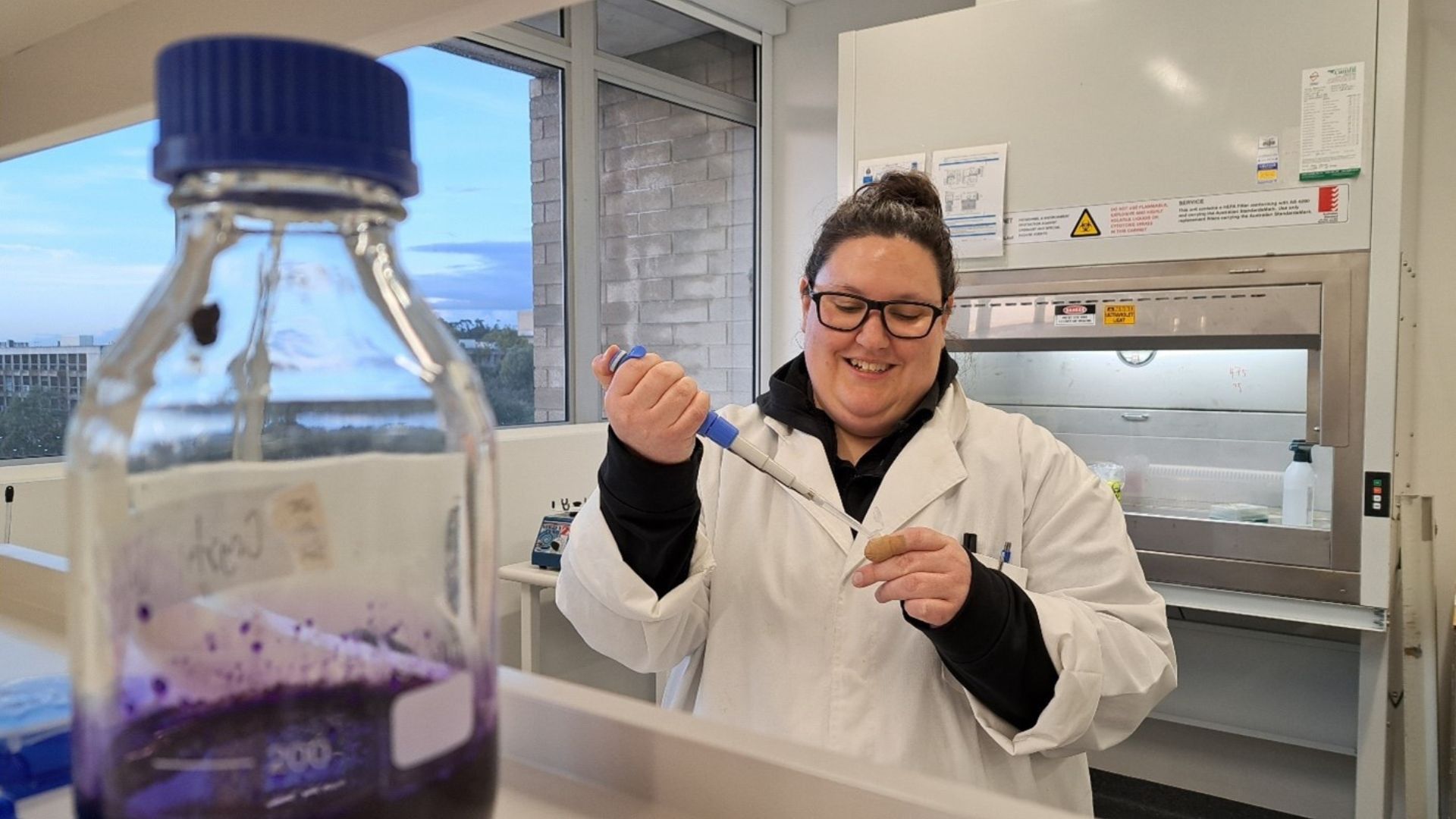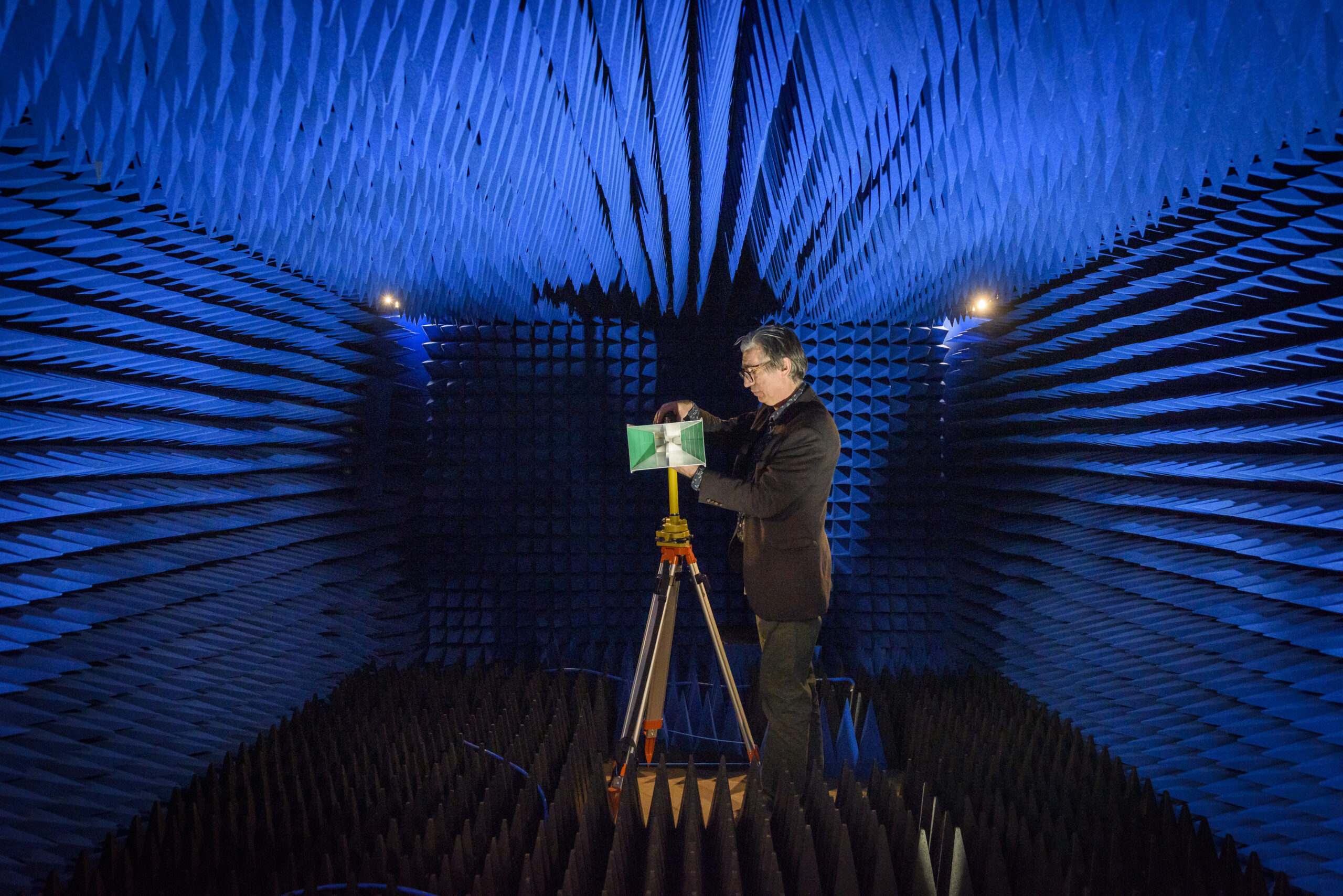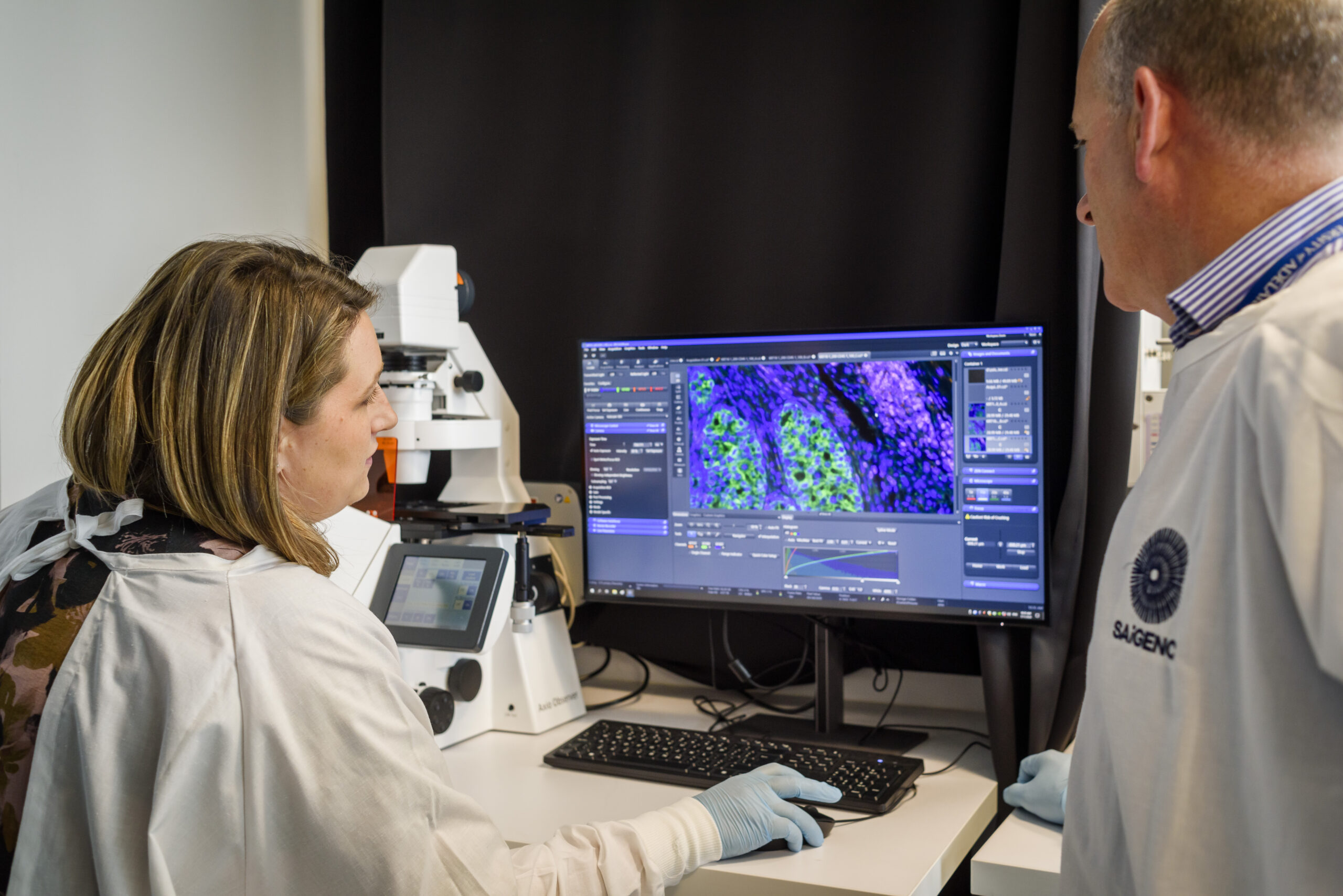Our Funded Projects
The Defence Innovation Partnership fosters defence-research and development in South Australia by connecting researchers, industry and government.
The Collaborative Research Fund is funded by the South Australian Government and Defence Science and Technology to support research that best meets the Defence Innovation Partnership criteria for desirability, viability and feasibility. The Collaborative Research Fund can assist to seed and position South Australian based universities and industry to win opportunities for further research and/or development investment.
These projects demonstrate the breadth of defence-relevant research supported so far by the Defence Innovation Partnership.
Project title
Project lead
Amount
Completed
HDP-CIOR Tool
A/Prof Elena Sitnikova
$149,831
Developing an underwater recharging station
Prof Md Apel Mahmud
$149,670
Distributed multi-agent TEWA algorithms
Dr Kamal Mammadov
$150,000
Long-term prediction of biofilm growth
Dr Tamar Jamieson
$149,741
Evaluation of State Uncertainty
Prof Samuel Drake, Flinders University
$150,000
Cyber Terrain Mapping and Analysis
Mr Ian Will, Insight Via Artificial Intelligence
$147,128
First-in-class pharmaceutical radiation
Prof Christopher Sweeney, The University of Adelaide
$150,000
Warm Starts and Goal-based Heuristics
A/Prof Claudia Szabo, The University of Adelaide
$150,000
Manufacturing reliable defence structures
A/Prof Ling Yin, The University of Adelaide
$150,000
Mathematical modelling of a conflict environment
A/Prof Sergiy Shelyag, Flinders University
$149,830
T&E Model for Planning & Architecture Optimisation
Dr Mahmoud Efatmaneshnik, University of South Australia
$149,404
Rapid Environmental Monitoring
A/Prof Damith Ranasinghe, The University of Adelaide
$148,658
Dual use satellite messaging beacon system
Dr Mark Rice, Safety from Space
$150,000
Sensing semiconductor devices
Prof Withawat Withayachumnankul, The University of Adelaide
$150,000
Addressing design challenges in wargames
Dr Mehwish Nasim, Flinders University
$149,957
Deep sensing: ML Enhanced Optical Fibre Hydrophone
Dr Stephen Warren-Smith, University of South Australia
$150,000
Advancing SOCRETIS
Dr Rachel Stephens, The University of Adelaide
$150,000
VR to manipulate digital human mannequins
Dr Peter Schumacher, University of South Australia
$149,894
Assessing & enhancing human cognitive performance
A/Prof Maarten Immink, Flinders University
$149,999
Coastline monitoring using autonomous HAPs
Mr Vincent Lachance & Ms Katrina Albert, Lux Aerobot Pty Ltd
$150,000
Freeform optics for small satellites
Dr Kamil Zuber, University of South Australia
$149,576
Battlespace visualisation
Mr Steve Cope, Voxon Photonics
$150,000
InFoDust
Prof Robert Edwards, Flinders University
$149,986
Nanofluid Satellite Thrusters
A/Prof Craig Priest, University of South Australia
$149,659
Solutions for light pollution from console display
Mr Scott Bedgie, APC Technology
$131,738
Quantum-Enhanced Clock Synchronisation
Dr Fred Baynes, QuantX Labs Pty Ltd
$150,000
Active coatings to repel marine organisms
Prof Mats Andersson, Flinders University
$150,000
Australian Research & Experimental Submarine
A/Prof Eric Fusil, The University of Adelaide
$150,000
vHUMS for defence vehicles
Mr Neil Bryans, Dynamic Engineering Solution Pty Ltd
$150,000
HMIs for detecting, monitoring and managing stress
Prof Carolyn Semmler, The University of Adelaide
$150,000
Narrative Visualisation of Simulations
Prof Bruce Thomas, University of South Australia
$150,000
Optimal target detection for marine radars
Prof Kutluyil Dogancay, University of South Australia
$150,000
Next Generation Solutions for Passive ISAR
Prof Kutluyil Dogancay, University of South Australia
$149,450
MOESS - Phase 1
Mr Craig Simpson, DEWC Systems
$150,000
AI Enabling Australia's Future Submarine
Mr Hordern Wiltshire, Acacia Systems Pty Ltd
$150,000
Economical Remediation of PFAS Contamination
Prof Justin Chalker, Flinders University
$150,000
Autonomous Seakeeping Capability for USVs
Prof Karl Sammut, Flinders University
$150,000
AR Devices in Military Applications
A/Prof Anna Ma-Wyatt, University of Adelaide
$150,000
Identifying Combat and Combat-Related Stigma
Dr Leanne Glenny, formerly of University of South Australia
$73,503
